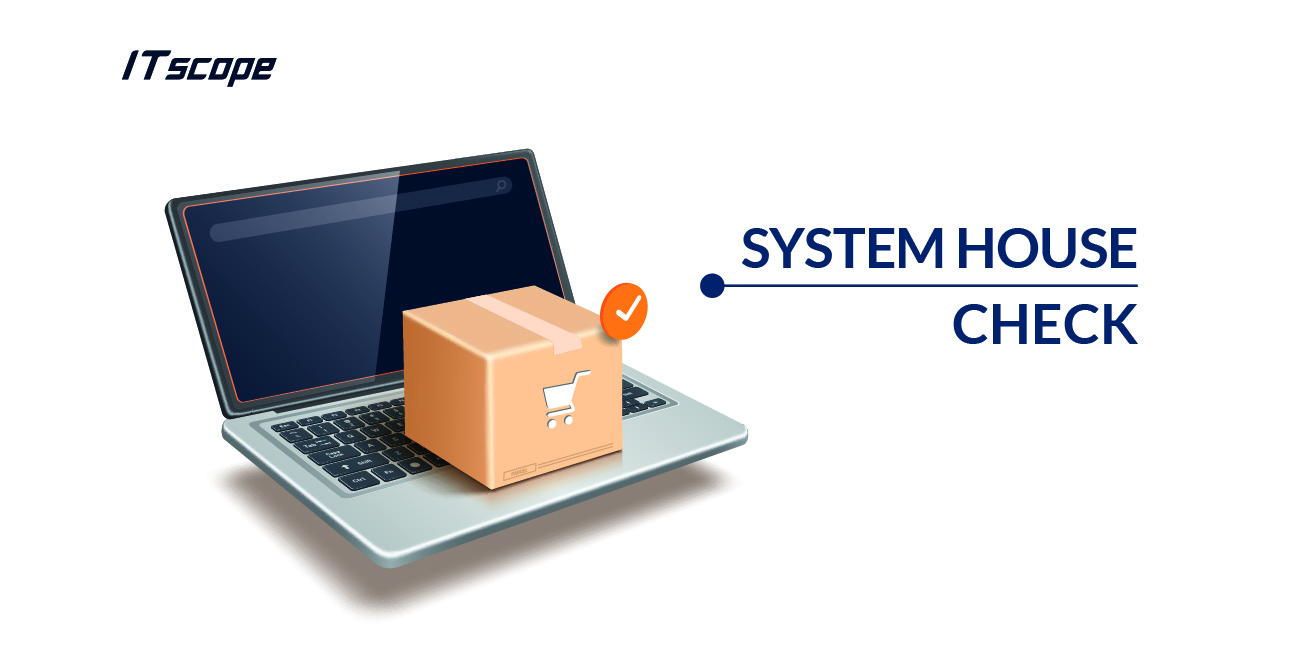Welcome to the exciting world of digital business! As an IT system house, you have the task of creating a successful B2B shop that drives the growth and success of your business. But which option is best for you: an open shop that expands the company’s reach or a closed shop that gives your own customers exclusivity? We are here to help you make the right choice and create a successful digital sales channel that will delight you and your customers.
Open B2B-Shop: Access for all customers and prospects
An open B2B shop grants access to all customers and prospects without any restrictions, similar to the large platforms like Amazon and Conrad. This means that the products, prices, and company can be compared online, leading to a wider reach. However, not every interested party becomes a customer immediately as the sale can be restricted to commercial customers to comply with legal requirements.
Closed B2B Shop: Exclusive Access and Targeted Approach
On the other hand, a closed B2B shop limits access and requires registration or invitation. Prospective customers must provide their information to receive specific details. The closed environment allows you as the shop owner to offer exclusive deals, discounts, or bundles from a variety of products to your customers. Even if no purchase is made, potential customers can still be targeted and persuaded. Another advantage is that certain consumer protection measures and requirements may be waived in a closed shop where only business customers are registered. This allows you to bypass or simplify bureaucratic processes, saving time and resources.
Pricing communication and ordering options as distinguishing features
Choosing between an open or closed B2B shop depends on various factors. Key considerations include “How do I want to communicate my prices?” and “What ordering options do I want to offer my customers?” In a closed shop, products and prices are only visible after login, while in an open shop, the entire product range is visible at all times. The admission criteria can be determined based on industry, sales organization, or invitation by members.
Visibility Online: The Challenge of a closed B2B Shop
One disadvantage of closed B2B shops is their lack of visibility online. Just like individual consumers, B2B customers also use search engines to find information and potential suppliers. A completely closed shop is not accessible to search engines, resulting in lower visibility and online presence. This can discourage potential customers from considering the company. To capitalize on the benefits of both models, a combination of an open and a closed B2B shop can be created. This can increase visibility and reach, while certain information, such as prices, can still be hidden behind a login.
Consider unique requirements and objectives
When deciding between an open or closed B2B shop, it’s crucial to consider the unique requirements and objectives of your system house. As every company has different needs and customer structures, seeking comprehensive advice from experts can help you find the right solution. Our ITscope professionals are available to answer your questions and assist you in developing your e‑commerce strategy.

